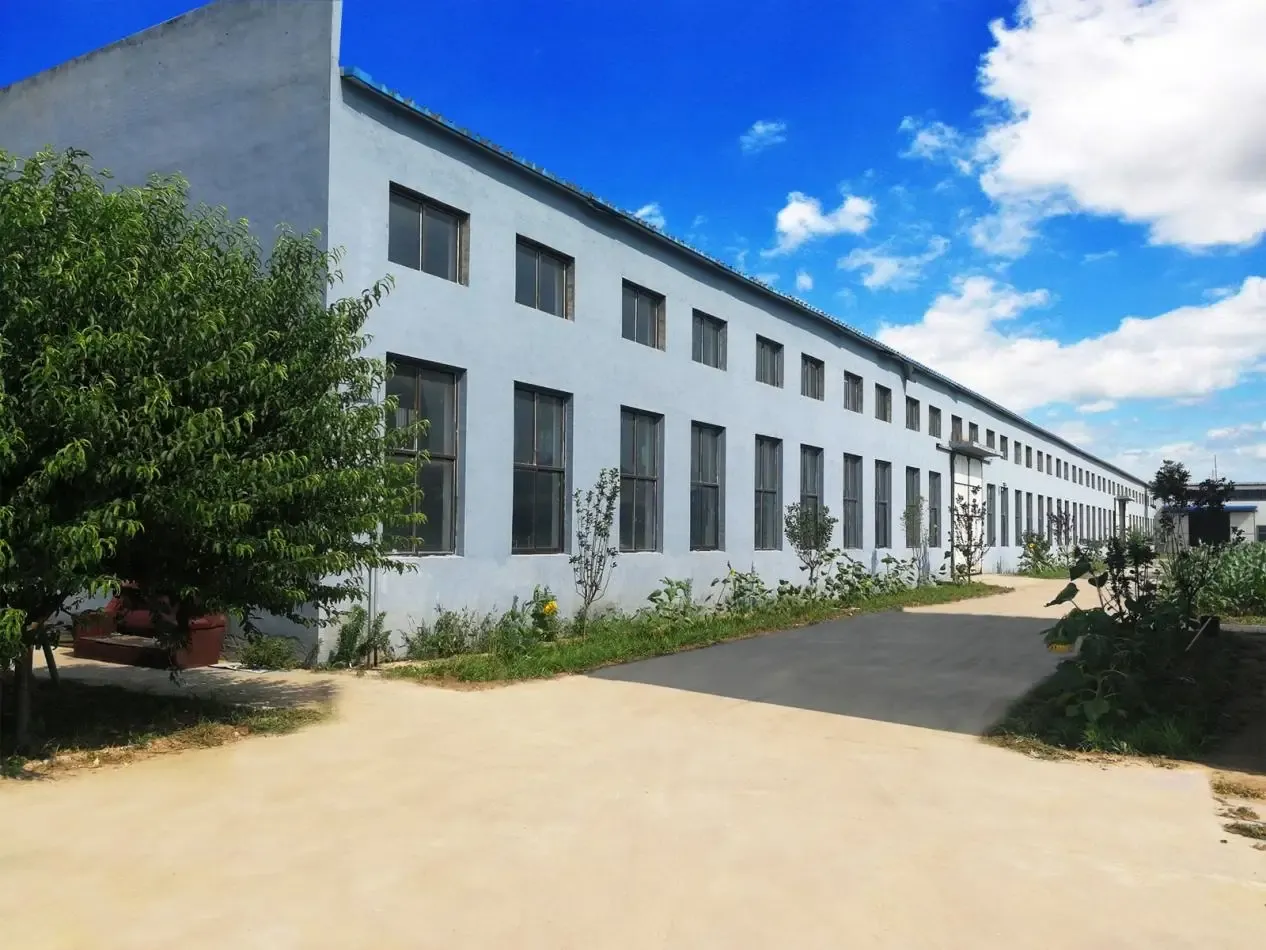Nov . 14, 2024 19:27 Back to list
cable wire manufacture
The Manufacturing Process of Cable Wires
Cable wires form the backbone of our electrical and communication systems, playing a crucial role in connecting devices, transmitting electrical power, and facilitating communication. As technology has advanced, so has the complexity and variety of cable wires produced to meet the demands of modern society. This article will delve into the manufacturing process of cable wires, outlining the key steps involved, the materials used, and the innovations shaping the industry.
Raw Materials
The manufacturing of cable wires begins with the selection of high-quality raw materials. The primary component of most cables is copper or aluminum, materials known for their excellent conductivity. Copper is preferred for its superior conductivity and resistance to corrosion, making it ideal for electrical applications. Aluminum, while less conductive, is lighter and more cost-effective, making it suitable for overhead power lines and some communication cables.
In addition to the conductive metal, insulation materials are also crucial. Common insulating materials include polyvinyl chloride (PVC), polyethylene, and rubber. These materials not only protect the conductor from environmental damage but also ensure safety by preventing short circuits.
Wire Drawing
The manufacturing process of cable wires begins with wire drawing, where metal rods or billets are pulled through a series of dies to reduce their diameter and increase their length. This process requires precision machinery that can control the diameter of the wire to meet specific requirements. The drawing process also imparts strength to the metal, enabling it to withstand various stresses during its operational life.
The drawn wire is then annealed, which involves heating the wire to improve its ductility and conductivity. This step is essential as it prepares the wire for the subsequent processes, ensuring it is pliable enough to be manipulated into the desired configurations.
Stranding
Once the wire has been drawn and annealed, the next step is stranding. In this process, multiple individual wires are twisted together to form a single conductor. Stranding is essential because it provides flexibility, allowing the cable to bend without breaking. The number of wires and the arrangement in which they are twisted can significantly impact the cable's performance characteristics, including capacitance and resistance.
Insulation and Sheathing
cable wire manufacture

After stranding, the conductor is insulated to prevent electrical leakage and ensure safety. The insulation process typically involves extruding a layer of insulation material around the stranding. Depending on the application, various insulation materials and thicknesses may be used. For instance, power cables usually require thicker insulation to prevent electrical interference and ensure safety, while communication cables may use thinner insulation to enhance transmission speed.
After insulation, a protective outer sheath is often added. This sheath serves not only as a further barrier to protect the inner components but also provides mechanical strength and resistance to environmental factors such as moisture, UV radiation, and physical abrasion.
Testing and Quality Control
Quality control is a critical aspect of the cable manufacturing process. Each batch of cables undergoes rigorous testing to ensure that it meets national and international standards. Key tests might include
- Electrical testing Ensuring that the cable can safely carry the required voltage without leakage. - Mechanical testing Assessing the durability of the cable under tension and its resistance to abrasion. - Environmental testing Examining the cable’s performance in various environmental conditions.
These tests help manufacturers identify any defects early in the process, minimizing waste and ensuring that only the highest quality products reach the market.
Innovations in Cable Manufacturing
In recent years, cable wire manufacturing has seen significant innovations driven by advancements in technology. Companies are now incorporating smart technologies, such as IoT sensors, into cable wires to monitor performance and detect faults in real time. Additionally, the industry is moving towards the development of more eco-friendly materials and processes, aiming to reduce the environmental impact of cable production.
Sustainable practices, including the recycling of copper and the use of biodegradable insulation materials, are becoming increasingly important as consumers and regulators prioritize environmental responsibility.
Conclusion
The manufacture of cable wires is a complex yet fascinating process that combines traditional techniques with modern innovations. As the demand for electricity and data transmission continues to grow, the cable manufacturing industry is poised to evolve further, integrating advanced technologies and sustainable practices to meet future challenges. Understanding this process not only highlights the significance of cable wires in our daily lives but also underscores the importance of maintaining high standards in their production.
Share